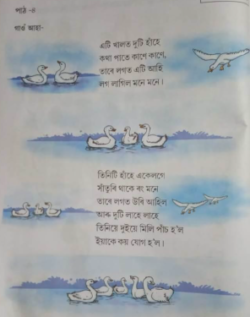GCRF Pathways to numeracy in rural India
Pathways to numeracy in rural India: policies, patterns and perceptions (P2N)
The early childhood years are crucial to child development. While early childhood education (ECE) is now widely adopted across low and middle income countries, there are many evidence gaps in relation to learning, especially in relation to numeracy. P2N focuses on numeracy among children aged 4-8 in India. It examines children's maths skills in the early years, and how children’s early learning trajectories reflect curriculum, educator, and parental expectations about learning in early childhood. P2N adopts a mixed-methods approach.
Drawing on qualitative and quantitative secondary data sources, it:
- analyses maths textbooks in the pre-primary and early primary grades to map the key policy and curricular expectations about the development of early numeracy in ECE;
- examines whether children in early years education (ages 4-8) reaching these expected numeracy levels, and variations by gender, home conditions, form of provision using data sources covering about 35,000 children aged 4-8 across rural India.
- identifies how early numeracy reflects markers of pre-numeracy and cognitive development, gender, home conditions, and ECE/school trajectories, using a longitudinal survey following 11,828 children aged 4-8 in Assam, Rajasthan and Telangana.
- Identifies convergences and divergences between policy/curricular expectations and key stakeholders, using interview transcripts from 180 parents and 39 ECE educators in Assam, Rajasthan and Telangana.
The project is led by Professor Caroline Dyer in partnership with Dr Ben Alcott (University of Bristol) and Dr Suman Bhattacharjea (ASER Centre, Pratham).
This project is funded by the ESRC under its GCRF NGO Secondary Data Analysis 2019 programme (https://esrc.ukri.org/research/our-research/secondary-data-analysis-initiative/) (Award no. ES/T010479/1)
ASER Centre: http://www.asercentre.org/Keywords/p/226.html
